by Pamela Berner, Director of Environmental Services
On January 20, 2021, President Biden signed Executive Order 13990, “Protecting Public Health and The Environment and Restoring Science to Tackle the Climate Crisis”.
This order established initiatives for executive departments and agencies to revisit rules finalized between January 2017 and January 2021 to ensure consistency with the overall policy and purpose of environmental regulation and protection in the United States.
These regulations should:
- Be founded in science-based regulatory decisions
- Ensure access to clean air and water
- Limit exposure to dangerous chemicals and pesticides
- Hold polluters accountable
- Address social justice issues
- Strengthen the country’s resilience to climate change
Each executive agency is to review the regulatory actions taken over the past four (4) years and make recommendations for necessary options available to address or reverse impacts where warranted.
Several of the actions addressed in the Order pertain to the energy industry, with considerable focus on oil and gas, energy efficiency, greenhouse gas emissions, and the analysis of their impact.
What we will see is each agency reviewing the regulatory activity and creating a plan to restore, alter, or promulgate new regulations to address gaps in recent regulations that may contravene a more protective environmental policy.
The leads of each agency have ninety (90) days from when President Biden signed the order to get their recommendation plans together.
Here is a summary of the programs and regulations that are on the radar for review by the agencies:
- Actions relating to Reduction of Methane Emissions in the Oil and Gas Sector, especially those Standards for New, Reconstructed, and Modified Sources Reconsideration recently issued in September 2020. Recent regulations had initially provided relief for the Oil and Gas Sector regarding leak inspection and repair requirements. Planned initiatives would reinstate these protective monitoring and repair measures.
- Recent regulations relating to Safer Affordable Fuel-Efficient Vehicles that warrant further inclusion of labor unions, States, and Industry in the regulatory development to ensure the inclusion of “Ambitious, Job-Creating Fuel Economy Standards”.
- Job-Creating Appliance- and Building-Efficiency Standards addressing Energy Conservation for Appliance Standards, Procedures for Use in New or Revised Energy Conservation Standards and Test Procedures for Consumer Products and Commercial/Industrial Equipment.
- Reconsideration of the “National Emission Standards for Hazardous Air Pollutants: Coal- and Oil-Fired Electric Utility Steam Generating Units—Reconsideration of Supplemental Finding and Residual Risk and Technology Review”. “Increasing Consistency and Transparency in Considering Benefits and Costs in the Clean Air Act Rulemaking Process,” as soon as possible.
NAES Environmental Services will continue to monitor the regulatory actions in the coming months and provide updates as information warrants.
For any information regarding tracking of environmental or Department of Transportation regulations, please reach out to environmental@naes.com.











